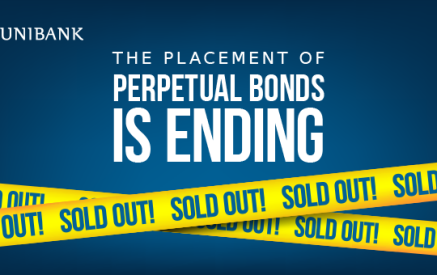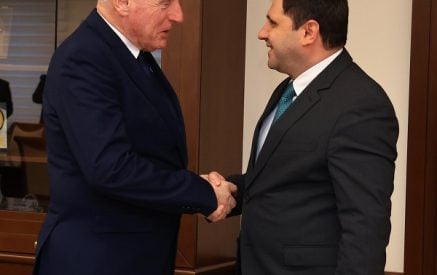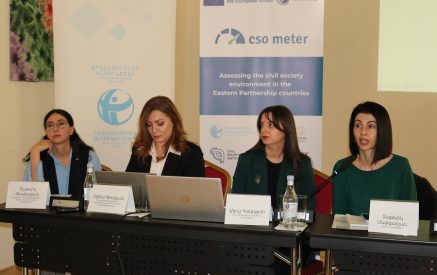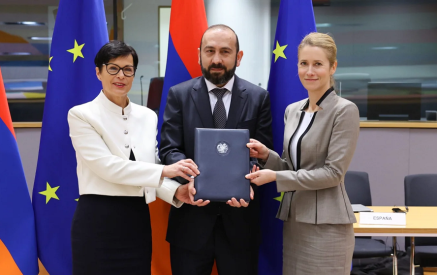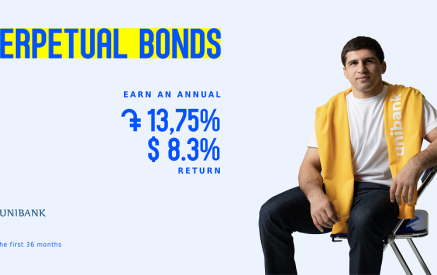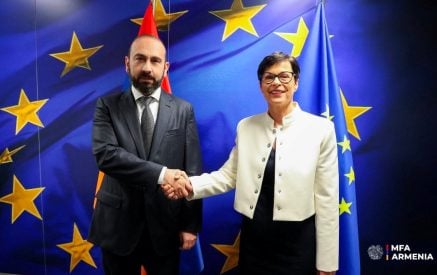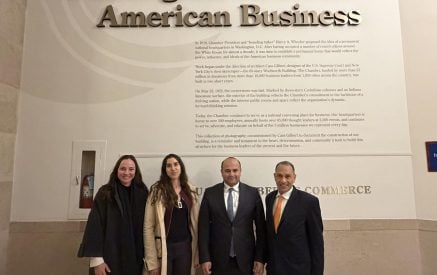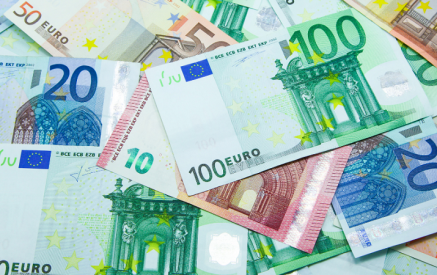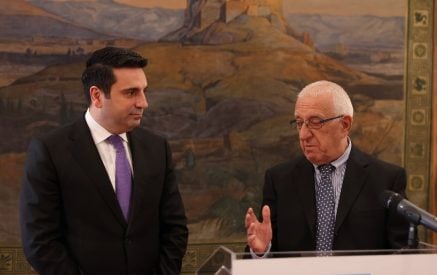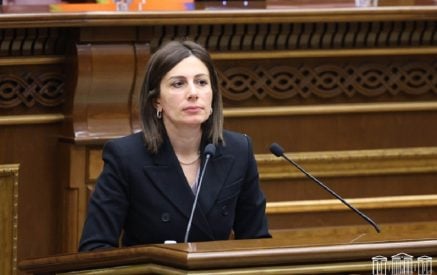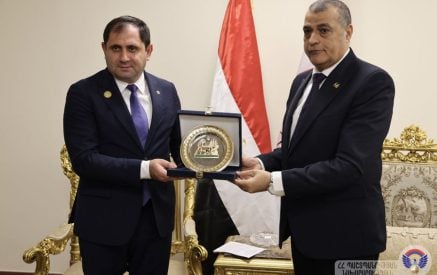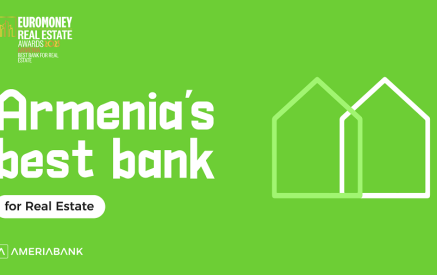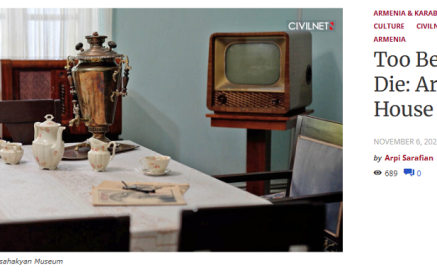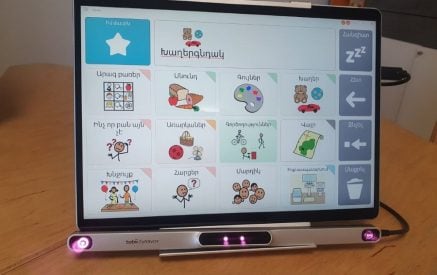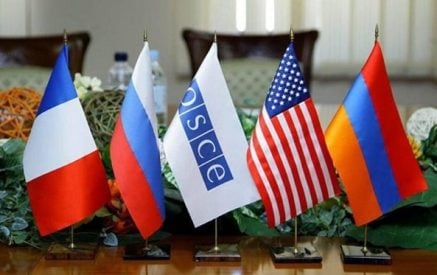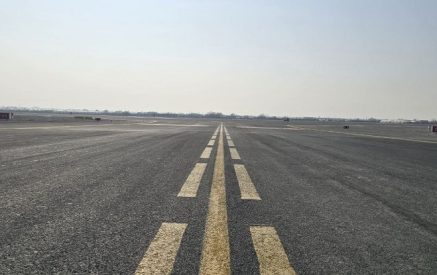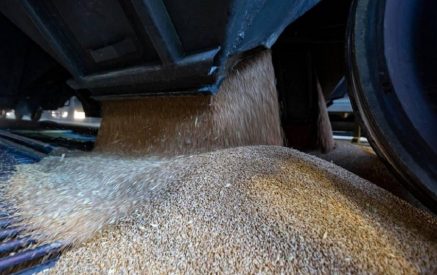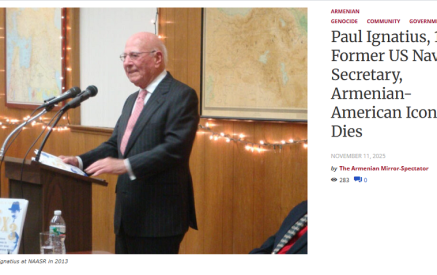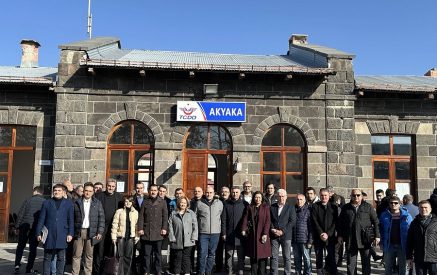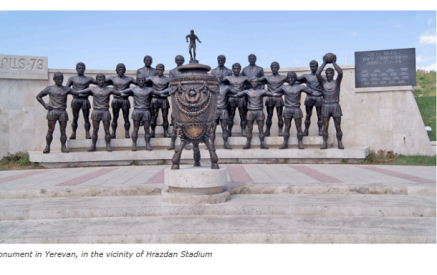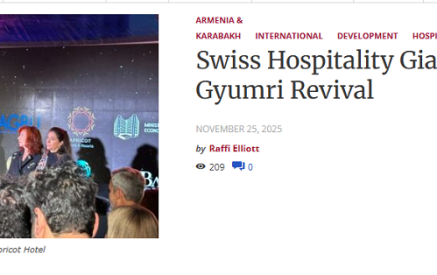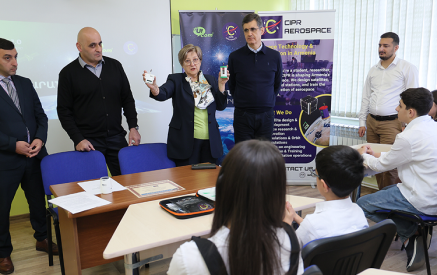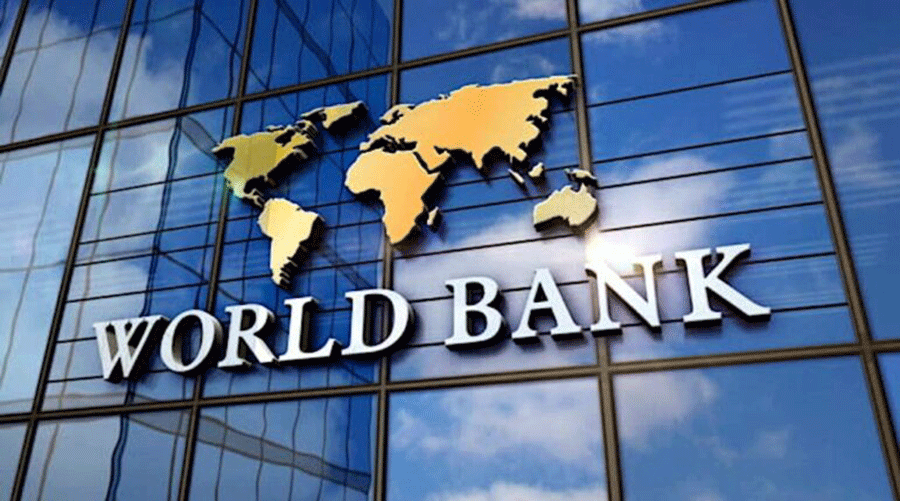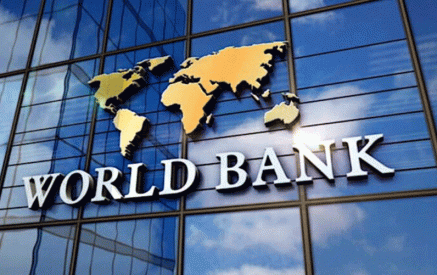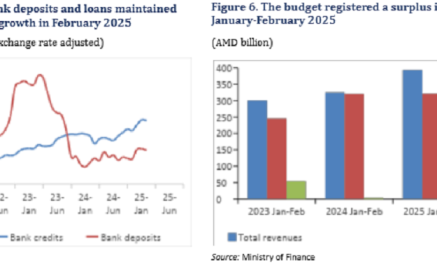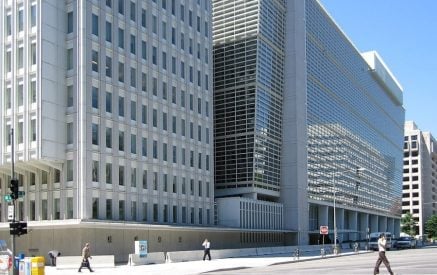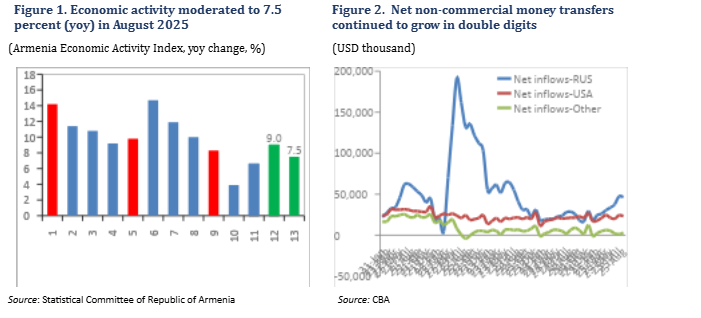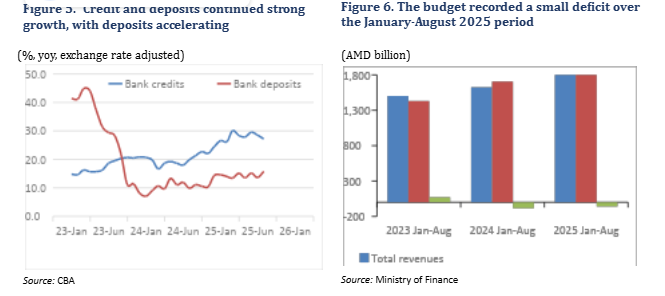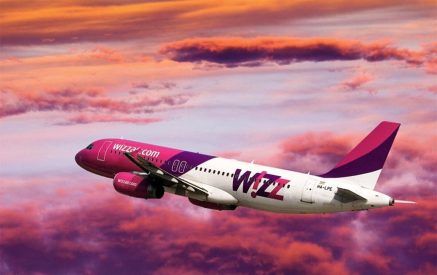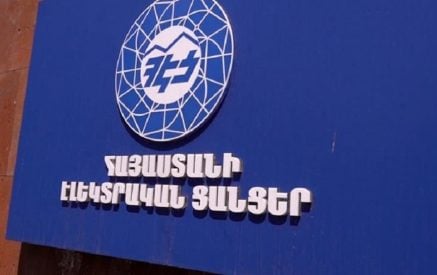Growth eased to 7.5 percent (yoy) in August, bringing cumulative growth to 7.1 percent.
Net non-commercial money transfers rose 29.1 percent (yoy) in August, driven by Russian inflows.
Inflation rose to 3.7 percent in September, and the CBA kept the refinancing rate unchanged.
Both exports and imports declined significantly in August (yoy), reflecting the phasing-out of precious stone and metal re-exports.
Over the January-August period, the fiscal balance posted a cumulative deficit of 0.55 percent of annual projected GDP.
In August, growth in economic activity eased to 7.5 percent (yoy), down from 9 percent (yoy) in July (Figure 1). This was due to growth moderation across all sectors other than industry and retail. In August, industrial output grew 5.8 percent (yoy), up from July’s 4.2 percent (yoy), due to 7.3 percent (yoy) growth in manufacturing driven by greater base metal production. Mining activity was flat (yoy), following an 8.4 percent (yoy) contraction in July. Construction grew 21.1 percent (yoy), compared with 26.1 percent in July. Services (excluding trade) grew 6.7 percent (yoy), compared with 11.1 percent (yoy) in July. Wholesale and retail growth eased to 1.7 percent (yoy). Cumulative growth for the first eight months of 2025 stands at 7.1 percent (yoy), exceeding expectations.
Growth has resulted in improved labor market outcomes. However, business registrations fell in August. The unemployment rate fell to 12.3 percent in Q2 2025, down from 13.8 percent in Q2 2024, mostly due to a reduction across both male and urban unemployment. This left employment and labor force participation rates at 51.2 percent and 58.3 percent, respectively. Monthly business registrations fell 3.5 percent (mom) in August, due to lower registrations by individual entrepreneurs and LLCs.
In August, net non-commercial money transfers continued to recover, rising 29.1 percent (yoy). This was driven by a 62.7 percent (yoy) increase in net inflows from Russia, representing 64 percent of total net inflows, and a 9.7 percent (yoy) rise in net inflows from the United States (Figure 2).
Read also
In September, inflation rose to 3.7 percent (yoy), slightly up from 3.6 percent in August (Figure 3). The major contributors to this increase were food and non-alcoholic beverages with 5.8 percent (yoy) inflation. Accounting for a combined 18 percent share in the consumption basket, inflation in health (3.5 percent) and transport (4.1 percent) also contributed to the rise in September’s headline inflation. On September 16, Armenia’s Central Bank (CBA) decided to keep the policy rate at 6.75 percent, while signaling a gradually easing cycle, with plans to reduce the refinancing rate to around 6.25 percent over the next 12 months.
In August, exports and imports contracted sharply due to the phasing out of re-exports (Figure 4). In August, exports fell 40.8 percent (yoy), compared with July’s 15.3 percent contraction. Imports fell 28.3 percent (yoy), following a 15.3 percent dip in July. The drop in trade of precious and semi-precious stones and metals continued, with a contraction of some 77 percent (yoy). However, also down were exports in livestock (down 42 percent, yoy); textiles (down 18.6 percent, yoy); and leather and fur (down 45.2 percent, yoy). This decline was partly offset by growth in exports of ready food products (up 18.4 percent, yoy) and machinery (up 5.3 percent, yoy). Excluding the re-export trade in precious metals and stones, exports fell 6.1 percent in August (yoy). Following a slow start in early 2025, Armenia’s tourism rebounded strongly with an 11.1 percent (yoy) increase.
In September, the AMD/USD exchange rate remained stable mom, appreciating 1.2 percent in yoy terms. However, the AMD depreciated against the EUR (4.4 percent, yoy) and the RUB (9 percent, yoy). In August, the Real Effective Exchange Rate (REER) depreciated 2.2 percent (yoy). Gross reserves grew to USD 4.2 billion, equivalent to 4 months of import cover. In H1 2025, net foreign direct investment (FDI) inflows rose to 0.6 percent of annual GDP, mainly in mining and aviation, following 2024’s historical low of 0.3 percent of GDP.
In August, commercial bank deposits and credit grew 1.9 percent (mom). Both increases were driven by expansion in AMD-denominated funds. Credit growth was mostly driven by industry (FX) and consumer (AMD) loans. Exchange rate-adjusted annual growth was 15.8 percent (yoy) in total deposits and 27.2 percent (yoy) in credit (Figure 5).
In August, the budget was in baglance. Tax revenues (including mortgage-related income tax) grew 10.9 percent (yoy) in nominal terms, driven by higher collection of VAT (up 21 percent, yoy); income taxes (up 10.4 percent, yoy); and profit taxes (up 35.3 percent, yoy). Turnover tax collection surged 72.4 percent (yoy), following a rate increase in early 2025. Total expenditure contracted 3 percent (yoy). This was due to a 24.3 percent (yoy) fall in capital expenditure, mostly driven by a 24 percent (yoy) reduction in defense expenditure. Expenditure on education doubled (yoy), supported by ambitious school construction and rehabilitation plans. Current expenditure increased only 1.7 percent (yoy, in nominal terms), mainly driven by social protection spending (up 6.5 percent, yoy). The cumulative deficit over the January-August period reached 0.55 percent of the annual projected GDP, one tenth of the 5.5 percent of GDP deficit planned for 2025.








